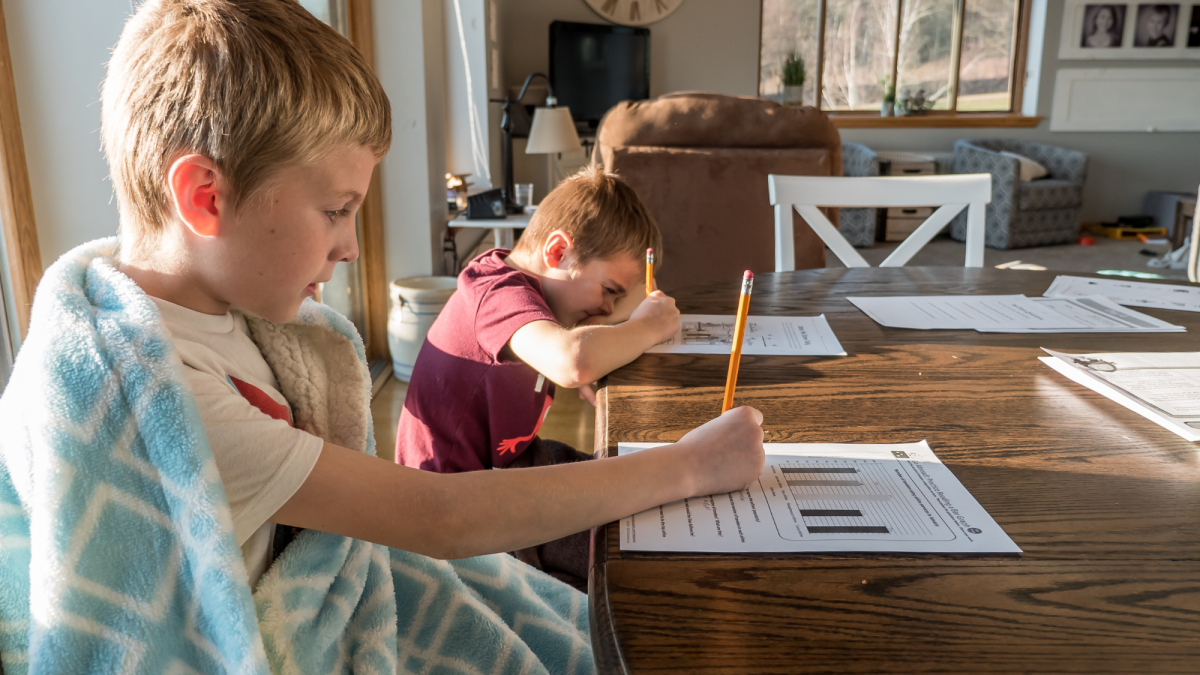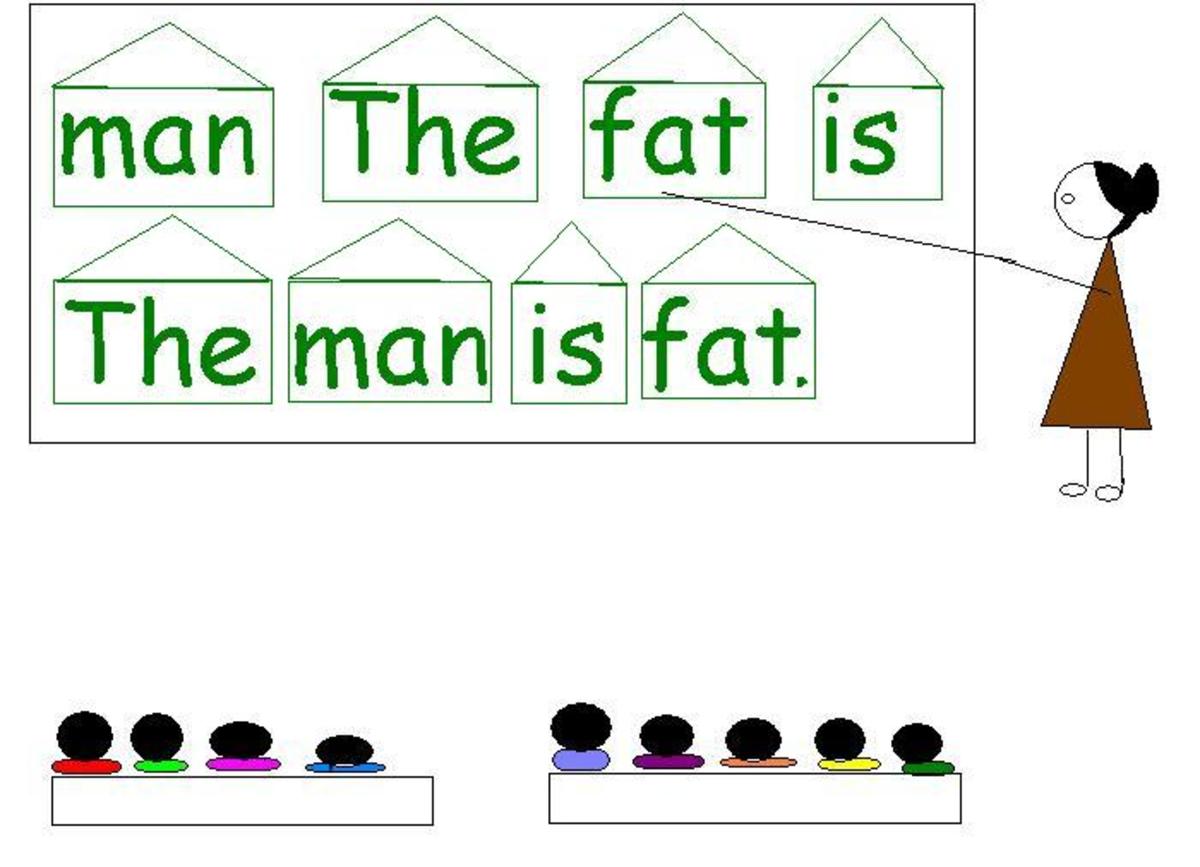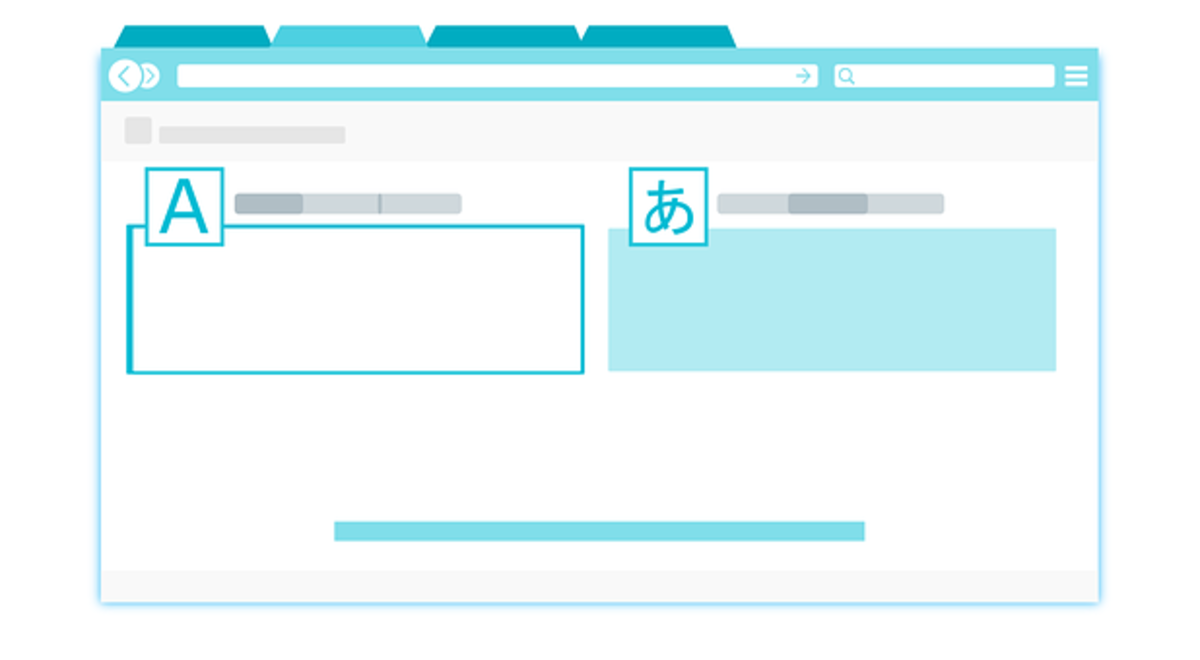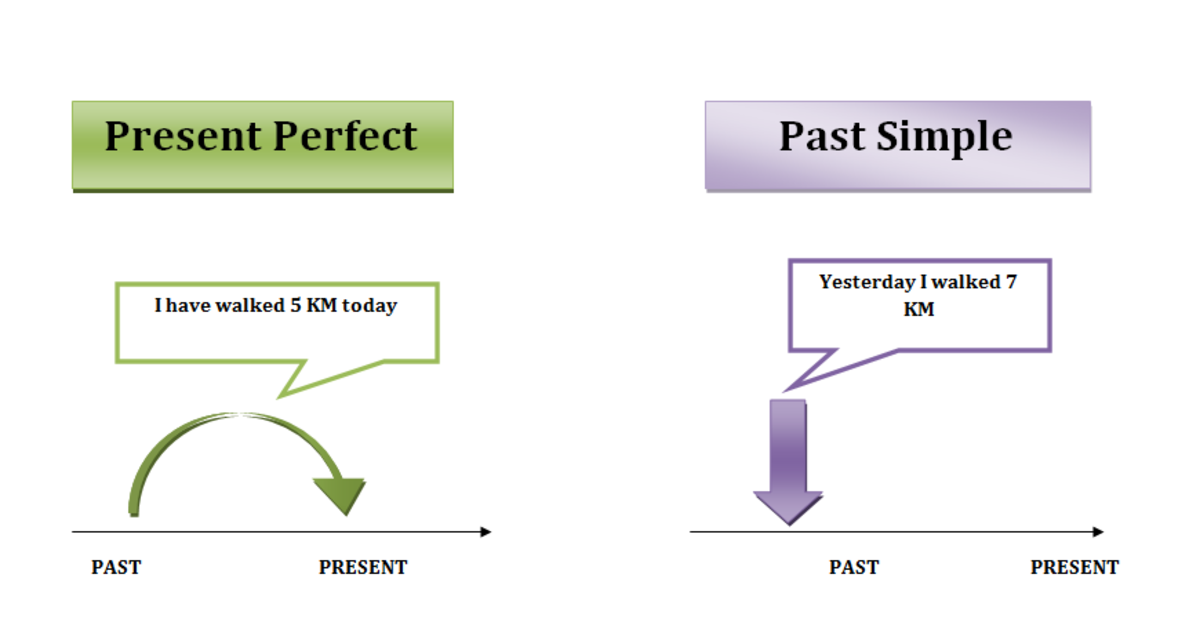A simple method for teaching your baby to read.

This is a method of teaching babies to recognise words that I came across when my daughter was 15 month old. I found it in one of the books I borrowed from a local library that we lived nearby. Unfortunately I don’t remember the name of the book and we moved from London since then , so I can’t return and browse through the bookshelves, but the method is very simple and I remember it very well. Once I read the book I tried it straight away and it worked!
A bit of a theory
The book was written by a child psychologists who had worked with mentally retarded children. These children, after being taught using alternative teaching methods were achieving results comparable with those of an average child.
The author was making two main points. The first one was that the abilities of an average child are greatly underestimated . Because they can not speak and communicate we falsely think that they can not understand the majority of things as in our world knowledge is transmitted by means of words. The second point was that very young children learn in a way which is very different from the way they are thought in class as they grow older .Very young children do not process letters or any other symbols one by one, as adults do. They take everything as they see it , as one picture making momentary snapshots of the world around them and memorise these snapshots quite correctly. This makes sense from the developmental and evolutionary points of view. The baby comes in to this world knowing nothing about people, objects, routines and behaviours and has to observe and memorise the things correctly and quite fast in order to interact with the world. And they do it seemingly without making an effort, so it must come to them quite naturally.
an example of how the words should look like

Method
Now for the method itself. It is really very simple. All you need are the words written on a piece of paper. The words should be about 10 cm high.
Y can start with two words – MUMMY and DADDY.
- Show the word MUMMY for 3 days, 3 times a day. Choose a moment when the baby is happy and alert and holding the word in front of her say “This is Mummy”, obviously making sure that she is looking! Repeat 2 more times the same day and 3 times a day for the following 2 days
- In the same way show the word DADDY for the next 3 days 3 times a day.
- It is on the seventh day when the magic should happen. Show the words MUMMY and DADDY together to the baby and ask “Where is Mummy?” and quite magically the baby should point at the world “Mummy”. Then ask “Where is Daddy?” And equally magically the baby should point at “Mummy” first and at “Daddy” secondly. Don’t forget to encourage your baby by smiling at her and clapping hands as babies like celebrations and she/he will think that recognising words is great fun. I think we have learnt about 20 words using this method during several months and then switched on something else.
A word of caution
I have not tried this method on many children, so I do not know if it works with every child. Therefore, a word of caution: every baby is different, babies learn at their own pace, they are interested in different things and getting engaged in learning in different ways. Please do not think that your child is stupid or has an attention deficit if he or she will not pay much attention to the cards or will not learn the words. It might simply mean that she is busy learning something else on her own.
Whatever the results, your efforts will be rewarded later. She or he will learn something from this or any other educational activity you engage her at from an early age. Early learning with parents has an important emotional aspect in preparing the child for school. If the child learns with mother or father at home, she is more likely to settle well in school. The positive emotional feeling of learning connected with parent-child relationship will be transferred into school settings and educational activities as it will remind the child of something that they did together with mummy at home and will help to overcome the fear of separation. So, good luck and have a good time together!








